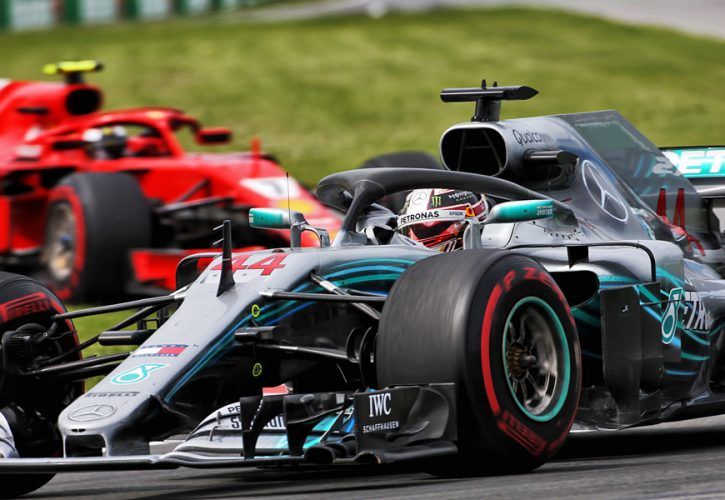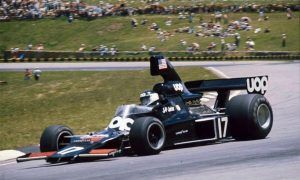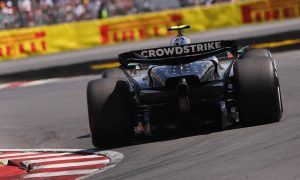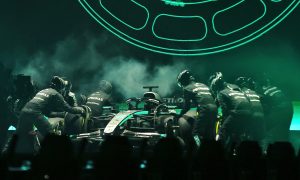
The Mercedes team says it didn't spare the horses in Montreal, and that it pushed their ageing power units to the absolute limit in the Canadian Grand Prix.
The team had been forced to postpone introducing new power units for the race because a "quality issue" with them was discovered at the last minute.
That left Lewis Hamilton and Valtteri Bottas using their old engines that had already completed six full Grand Prix race distances, while their key rivals took on new upgrades.
Rather than backing off, Mercedes allowed their drivers to run their engines as hard as they had done at the season opener in Melbourne in March.
"In terms of what happened in the race with Valtteri and Lewis, both of them drove the power unit as they did in the first race," chief strategist James Vowles said in the team's latest Pure Pit Wall video.
"There was no additional management, no additional switches, or modes or turn-downs, we were effectively using the power unit to its full benefit."
However, right from the start, Hamilton feared that his afternoon was doomed as his car suffered what initially appeared to be an engine problem.
"I thought the engine was going to blow," Hamilton admitted after the race. "Straight from the start, we got out of Turn 2, the power started dropping out
"There were lots of hesitations, engine dropping in power," he added. "It was an unforeseen issue and that was losing us power. We were operating far below our power target.
"The whole race, 70 laps, I thought the engine was going to blow up. It's gone a long way."
But Vowles revealed this week that the engine hadn't been at fault.
"What happened with Lewis was an entirely unrelated chassis cooling event, nothing to do with the engine itself," he explained.
"We had on the chassis side a cooling issue that appeared very, very early on in the race, it appeared during the safety car," he said.
He agreed that Hamilton had been lucky to finish the race - and said that a bit part of that luck had been down to the driver.
"Lewis did a good job, and we were able to get somewhere reasonable in the first stint of the race, but we were still too warm.
"We tried a number of counter measures, both through switch changes that Lewis was able to complete for us, and through driving style.
"Lewis was really adapting to the situation as best he could, to stabilise and keep the temperatures under control."
Engineers adjusted cooling inlet louvres either side of the cockpit during the pit stop. The extra time enabled the car to get to the finish, but also cost him a position to Red Bull's Daniel Ricciardo.
"The guys did a fantastic job, and by the time the guns came back on to put the wheels back on again they were removing their hands from the car.
"As it goes back on track again, [the car] is in a slightly different aerodynamic configuration, simply because panels that were there have been removed.
"How much slower was the car out on track? It was a matter of a few milliseconds from what we did with the cooling change.
"But more importantly, it gave us the ability to use more of the power unit performance.
"[It] gave Lewis a car that now wasn't struggling like it was in first stint of the race, so he could go back and attack others."
Gallery: The beautiful wives and girlfriends of F1 drivers
Keep up to date with all the F1 news via Facebook and Twitter







